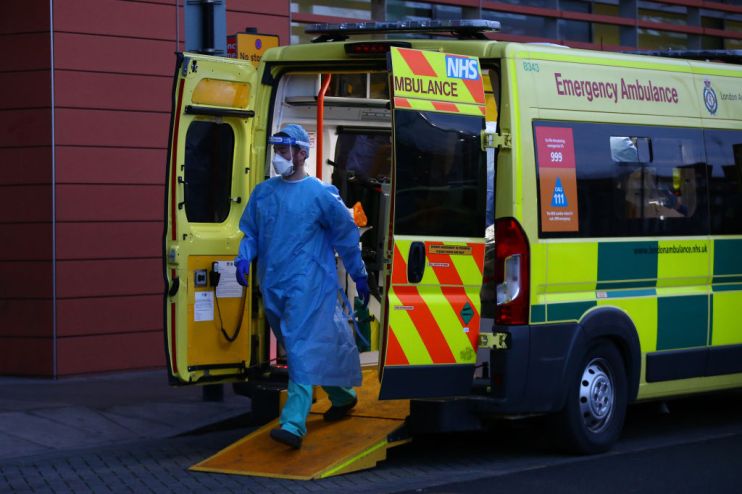To protect the NHS, we need to digitise and streamline communication between GPs and specialists

Everyone knows that feeling when you’re completely physically and emotionally shattered, and you just can’t function. For most of us, this isn’t a particularly big deal, you’re only cooking your children’s supper after a long day at work, after all. But, when you’re looking after seriously ill patients and they’re dependent on your ability to perform, it’s a much more serious matter.
Burnout ruins NHS doctors’ and nurses’ lives. According to the latest NHS staff survey 44 per cent of staff reported feeling unwell as a result of work-related stress in the last 12 months, and this follows a rising trend from just 37 per cent two years ago. For perspective, of a workforce of 1.2 million, that’s 530,000 people under such extreme pressure they feel physically or emotionally sick.
Even worse, as the parliamentary Health and Social Care Committee recently found this week, it puts patients at risk. For me, the Committee’s report is all too familiar.
Throughout 13 years spent on the front line as an NHS surgeon, I saw it all. Heroic staff are pushed to the edge, in tears, exhausted by back-to-back shifts. It’s genuinely heart breaking and should raise major concerns for NHS administrators as well as patients.
Covid has made resolving this staffing crisis even more pertinent as the NHS now faces an enormous case backlog. The British Medical Association estimates that, between April 2020 and March 2021, there were 3.37 million fewer elective procedures and 21.4 million fewer outpatient attendances. Yes, we’ve been managing a crisis unprecedented in modern times, but those cancer cases haven’t magically disappeared, they’ve just not been found and treated.
The NHS therefore sits right between the rock and the hard place. Administrators have an invidious task: they are going to have to ask already extremely overworked doctors and nurses to take on even more work.
The great unanswered question is how to cut this gordian knot.
There is no panacea to this. But a big part of it is addressing one of the great pinch points in delivering medical care: the interaction between primary and secondary care.
In a simple example, you see your GP (primary) who diagnoses you if they can, and then they refer you via a letter to a secondary care specialist (like me, an Ear, Nose and Throat Surgeon) who works in a hospital. In this letter they explain their initial assessment and then ask that the specialist undertake their own assessment when the patient comes into hospital and then to advise on treatment.
The woefully inefficient and outdated system undermines the hard work of NHS staff.
Letters are archaic in the modern world of remote working, Google Docs and Zoom, and it leads to tedious duplication where even if the referral letter is sent electronically it often ends up being printed. Secondly, if the GP isn’t sure of the diagnosis, or who the right specialist is within a department, patients get bounced around hospital departments at great time and expense. Even more crucially, they may be sending a patient into hospital unnecessarily when, with the right specialist advice, they could be treated in the GP surgery.
This is a system in dire need of modernisation. When the communications between connecting primary and secondary caregivers are digitalised and integrated with NHS records patients can receive quicker specialist advice and pressure on exhausted staff can start to be eased. In one NHS trust A&E visits were reduced by 83 per cent using a digital system and the time specialist doctors spend on triage halved.
So, big efficiency gains can be made. It also doesn’t hurt that, as far as the taxpayers and the stretched public coffers are concerned, time saved is also money saved.
The pandemic has laid bare the reality that NHS systems and processes need to change. It’s not a cure-all, but if we want to give our doctors and nurses the time and head-space to best look after their patients and themselves, better connecting primary and secondary care through technology is a good place to start.